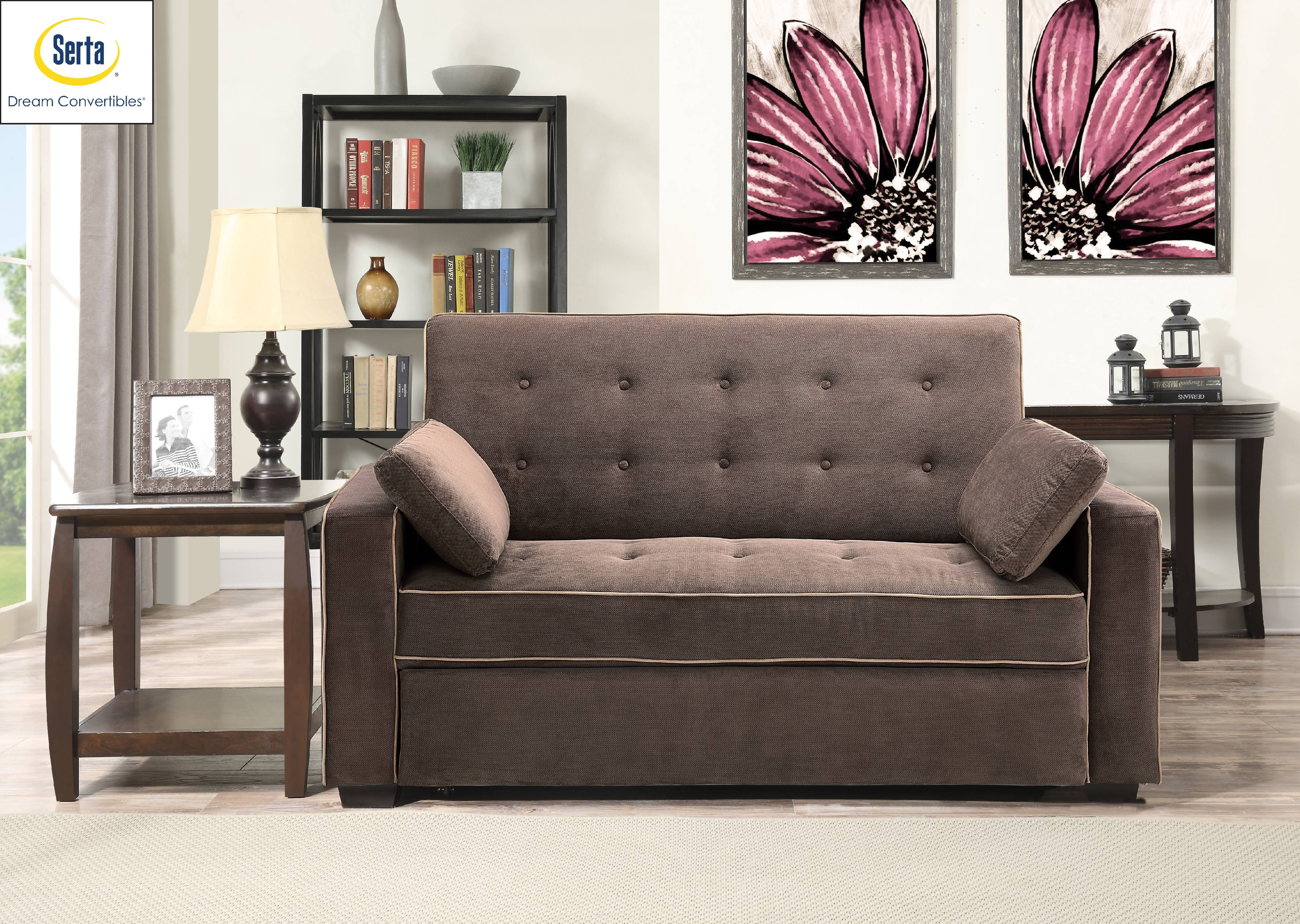Georgian House Designs
Georgian design houses are characterized by their symmetrical layout and grand entrance porches surrounded by columns. Classic Georgian house designs are constructed from brick, timber, and stone. Elegant staircases follow a uniform design throughout and can be found in the center of the house. Large, rectangular windows define the interior and balanced ornamentation around the windows further serves to emphasize the symmetry and grandeur of these buildings. Georgian house designs were popular in the 1700s and can be seen in a number of Great Britain's most distinguished residences.
Victorian House Designs
Known for their ornamental and decorative features, Victorian house designs are distinguished by their characteristic bay windows, jagged roof lines, and turret corners. Gable roofs were also quite common in Victorian style homes. Prime examples of this style can be seen in certain areas of California, such as San Francisco. Brick and wood were commonly used in the construction of such buildings, while bright colors contributed to the overall visual effect of Victorian facades.
Edwardian House Designs
In contrast to Victorian Edwardian house designs, this architectural style is relatively discrete in its ornamentation. Generally, Edwardian houses emphasize the graceful arrangement of windows on the facade along with more subtle decorative elements. These minimized decorative patterns ultimately create a more modern and sophisticated look. Edwardian homes are common in areas of Britain such as England, Ireland, and Wales. They tend to be of two and a half stories, with built-in stone or tile roofs.
Tudor House Designs
A combination of the Gothic and Renaissance styles, Tudor house designs boast features such as dormer windows, half timbering, and mullioned windows. These designs are most commonly constructed using brick or stucco feigned painted in colors such as white, yellow, or pink. Frequently, Tudor designs will also incorporate the use of artistic stone details. This English style emerged in the late 19th century and is now popular in some parts of North America.
Stable-Style House Designs
Also known as Swiss chalet designs, stable-style house designs are characterized by their use of pitched roofs, lofts, gable walls, and wide windows. These ordinarily come with steeply sloped roofs with large overhangs to protect against severe weather. This style finds its roots in the rural areas of Switzerland where such homes were built for farmers. Today, stable-style houses are quite popular in the Pacific Northwest, Northeastern US, and some mountainous regions of Europe.
Cape Cod House Designs
Developed in the 18th century, Cape Cod house designs were originally designed as a response to the harsh winter conditions of New England. These relatively symmetrical single-storey buildings were usually constructed from wood and stucco. Light colors were often favored to create a more inviting atmosphere. A unique feature of these homes is the symmetrical “five-bay” style with a centered door of the facade. Cape Cod homes still remain popular across different parts of the US today.
Saltbox House Designs
Saltbox house designs also originate from New England in the 17th century. These traditional homes are renowned for their slanted roofs which extend out from the second story. This protrusion was originally designed to create additional storage space for salt in a second story, hence the name saltbox. Saltbox house designs are normally constructed from wood, painted in white, and built on a single story with a central stone chimney.
Row-House Designs
Also known as terrace houses, row-house designs are designed as attached housing lined up in-line with the street. These designs are quite popular in cosmopolitan cities and usually come with a brick or stone exterior and no more than three stories. Entryways are generally distinct with a central stairway leading up to the upstairs balcony. Row-houses are common in almost all major US cities as well as many large European cities.
Farmhouse House Designs
Farmhouse house designs are typically characterized by their single-story exteriors, open porches, and large shed-style roofs. Unlike other traditional home designs, farmhouse house designs tend to be quite large and roomy, often containing a number of auxiliary buildings and barns. This style finds its origins in rural areas and was designed with practicality in mind. Wooden clapboard façades were normally favored, while deep eaves served to protect against harsh weather.
Craftsman House Designs
Also known as American Arts and Crafts designs, craftsman house designs originated in the 19th century. These homes are distinguished by their long overhanging eaves often supported by a set of beams as well as relatively low-pitched gable roofs. Windows in these designs tend to be quite simple with a single paned frame. This style was particularly popular among the middle class of the early 20th century. Today, many Craftsman homes can be found in California.
Cottage House Designs
Cottage house designs are characterized by their quirky, quaint, and often uniquely decorated exteriors. These homes were historically built for the working classes in rural areas. Cottage house designs are usually constructed from wood, clay, and stone. Symmetrical roofs with slated tiles are often featured on such designs along with curved front doors and circular windows. The popularity of cottage designs has grown significantly over the past century and these designs serve as a popular holiday destination for many.
The Advantages of Traditional Row House Design

The modern row house has roots in the days of ancient Rome, but it has become a popular choice for many home buyers. The main advantages of a traditional row house design are that they maximize living space while maintaining a relatively small footprint. The homes are often arranged in neat rows, and they can be designed with an attractive façade. By strictly regulating the dimensions, conformity and symmetry can be achieved, creating an aesthetically pleasing effect.
Design Flexibility and Cost-Effectiveness

Another advantage of traditional row house design is that it offers more design flexibility than many other home styles. They don’t require a large lot size or a complex floor plan. They also allow modern amenities to be incorporated, such as a kitchen island, more open floor plans and increased levels of insulation. With modern additions, the house can be transformed into a great place to raise a family without making major changes to the structure. Additionally, the cost of construction for row houses is typically lower than for some other types of home styles, which makes them a great option for buyers on a budget.
Reduced Maintenance Costs

The construction of a traditional row house typically requires fewer materials than many other home designs. This can result in reduced maintenance costs, as the structure won’t need as much attention or repairs. The shared walls between the units also help to make the home more energy-efficient, reducing the amount of heating and cooling needed. Lower utility bills can lead to significant savings over time.




















































































































